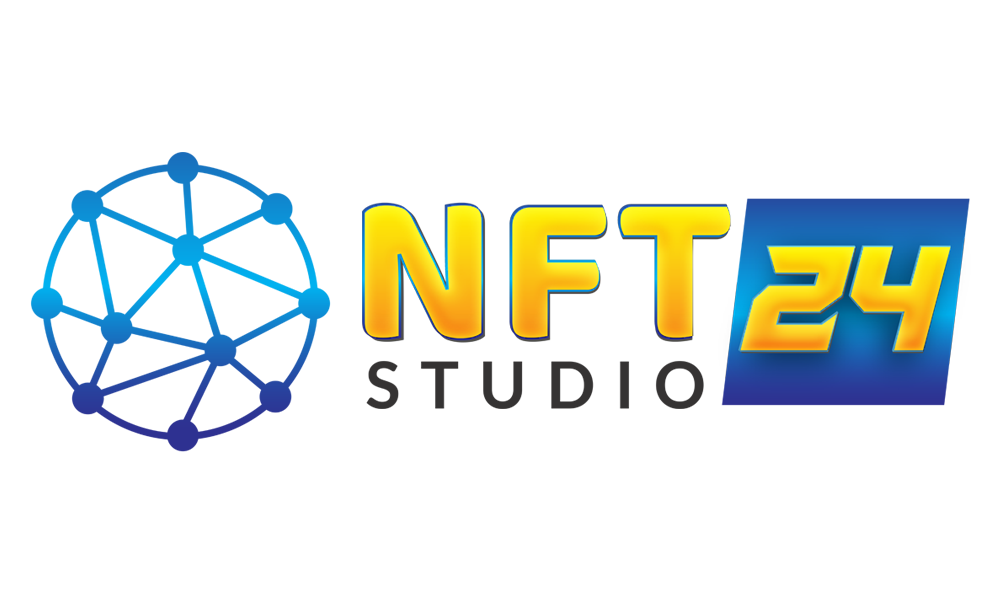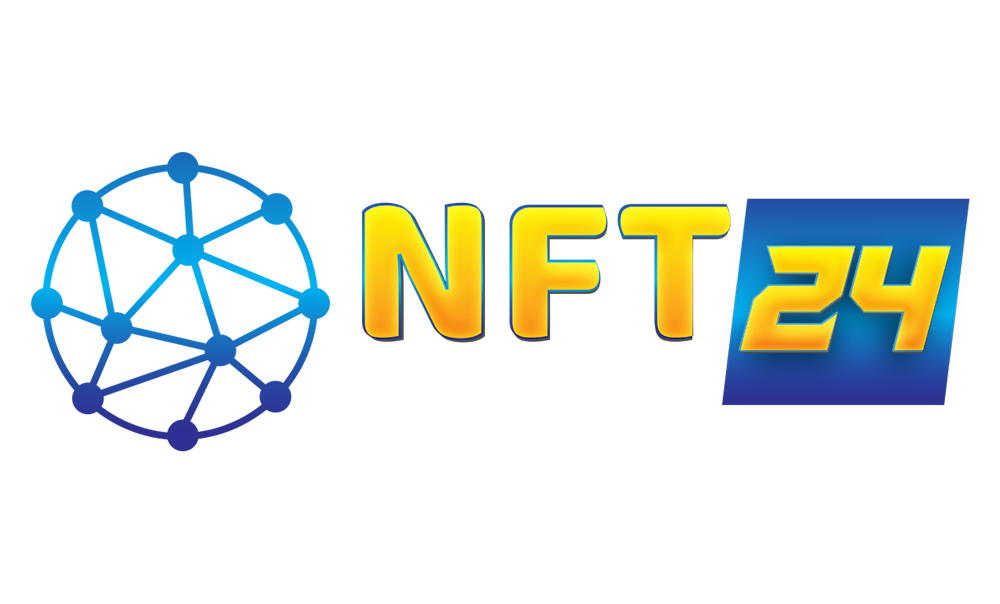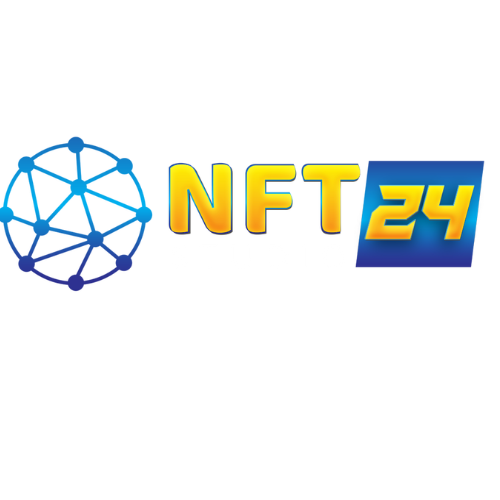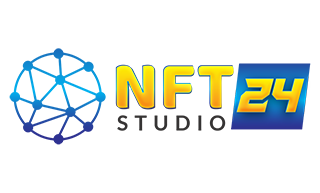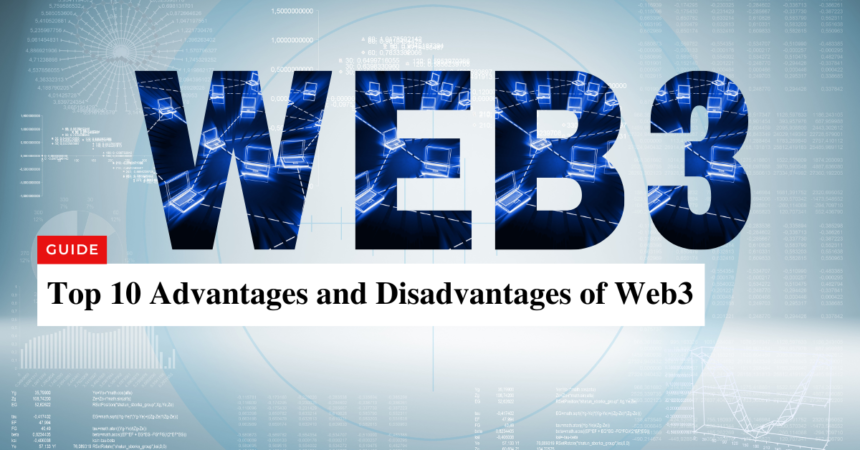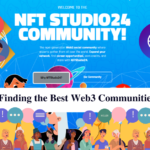Important Points
- Web3 is the umbrella term that covers blockchain, DeFi, NFTs, cryptocurrency, metaverse, and decentralized apps.
- Web3 precedes Web2 as it fulfills the limitations of the current internet and technology
- Web3 offers scalability, privacy, and security in an open-source seamless system of interaction and transactions
From an information-sharing prototype to becoming the hub of networking and socializing, the internet has come so far. Now, the world is ready to welcome a new era of the Web that precedes all its previous versions. To say it clearly, Web3 is the future of the internet.
There has been an increasing interest in blockchain technology and how it can revolutionize the way we connect with each other and do business. The newly introduced networks, prototypes, and models are different yet innovative that could ease transactions and interaction.
Individuals, who aren’t sure what this technology is, tend to hesitate before adopting it in their daily life. This article is a dive into understanding what is Web3 and why is it so important in today’s world, along with the advantages and disadvantages of Web3.
What is Web3
Web3 is built upon blockchain technology and Artificial Intelligence that offers ownership of data to the users. It basically operates as an open-source decentralized group of networks where data is shared with everyone equally.
The term Web3 was first introduced in 2014 by Gavin Wood, a developer, co-founder of Ethereum, and founder of Polkadot as a system of internet connected through blockchain giving users control over their data while providing privacy and scalability.
The term became a widely used buzzword among tech enthusiasts, and venture investment firms. Now, it is an official umbrella term for NFT, DeFi, Metaverse, Cryptocurrency, Decentralization, dApps, and Blockchain.
Components of Web3
Web 3.0 is made up of several essential components that function regularly to maintain the ecosystem:
Blockchain
The first and foremost important component of this form of internet is it is built upon blockchain, in which data is permanently fed into the blocks that are attached together in chains. The data is approved by a network of individuals bound by a consensus mechanism and then displayed on the public ledger.
Semantic Web
Web3 is also known as the Semantic web because it ultimately connects the internet in a trustworthy, decentralized, and seamless ecosystem that can accommodate all types of digital content. It is also called the extension of the World Wide Web which performs processes via machine-readable metadata.
Artificial Intelligence
AI is the future and Web3 is mainly operated in a way to accommodate artificial intelligence technologies. In fact, the whole landscape is built so that the upcoming software and tools can easily be accessed via blockchain.
Computer-generated 3D environments
If you think games or platforms are just the limits of experience then you’re wrong because Web 3.0 is to bring the ultimate 3D immersive mixed reality, virtual and augmented, experience for users. Instead of physically moving around, individuals will move digitally from one place to another in computer-generated environments to get business done.
To build the ideal digital landscape, everything should be done virtually. All of the technologies, tools, and models used in this space come under the umbrella term of Web 3.0.
Why is Web3 so important?
If you ever come across Web3 advocates you will hear how important it has become in today’s world where data is controlled and can be accessed by tech giants and intelligence agencies without consent. You can also consider this as an advantage because you get ownership over your information and you can pick who to share it with.
As new technology is introduced, the power is most likely to shift towards those with data information. So, in this situation, it is vital that every user is aware of how and where their data is being used.
Web3 tools Examples & purpose
Web3 has become quite advanced when it comes to development as more developers and builders introduce their innovations and solutions. The existing practical tool examples and their purposes are as follows:
- Brave Browser: Web 3.0 most popular browser in which the user, the platform, and the advertising party earn an equal share of earnings by selling data. Furthermore, it doesn’t allow cookies and blocks website trackers, protecting its users’ privacy. This browser is compatible with all dApps and decentralized sites.
- The Sandbox: The vision of the metaverse and digital economy has come to reality through The Sandbox. Built on the Ethereum blockchain, this platform allows users to play, trade, sell, buy, and socialize virtually. It has its own digital currency and items with high utility value
- Metamask: It is a crypto wallet where users can store their ETH digital assets, having 100% ownership rights on them. Metamask is compatible with almost all Ethereum-based platforms and sites up-to-date.
Advantages of Web3
Now that you know the basics, here are the advantages of Web3 over Web2:
1. Ownership over data
As mentioned above, data ownership in Web 3.0 belongs to users and they can give it to whoever they want to with consent.
When compared with Web2, if you sign up on Instagram or Twitter, you are required to enter your personal information and even upload your private photos with the trust that the platform has kept them safe. However, tech giants can easily share your data with third-party advertising companies and, even, governments if they want to.
Web3 emerges as a powerful ecosystem where everything is transparent on the public ledger and no one is allowed to access data unless the user signs approval.
2. No central authority
Blockchain technology removes the role of intermediaries between two parties through automated programs, also known as smart contracts, meaning automated programs that process operations once a pre-condition IF/THEN statement is met.
In this way, DeFi platforms and other companies can directly contact the clients, instead of having a middle party, while providing the same amount of security and privacy.
3. Value to digital items
Before Web 3, digital items had less value or were at risk of being stolen/plagiarized. With NFTs and blockchain, these things became high in demand and their value also doubled. A PFP avatar which probably wasn’t even sold for $50 is now worth thousands of dollars.
4. Transparency
Since the data is stored on a public ledger, all users can read activities and transactions. There’s no need for a middle party to access that data since as a stakeholder you can see it yourself.
5. Scalability & Privacy
Blockchain also maintains the privacy of individuals throughout processes and transactions. Although the ledger is public, the wallet addresses cannot be traced other than by the people who really know. In terms of scalability, Web 3.0 can process huge amounts of data.
6. Fast transactions
Blockchain is known to make millions of transactions per second, and although it depends on what network you’re using, it is quicker and safer than the Web2 internet.
Whether it’s buying a cryptocurrency through trading exchanges or buying an NFT, it only takes a few seconds of your time to complete the transaction.
7. Benefits for creators & artists
Web3 empowers a creator-centric economy by giving ownership to creators and artists in the space. Many music NFTs and other art collectibles released by individuals have brought successful sales in the marketplace without any third party involved.
Similarly, small artists and illustrators have found their consumer market in this industry because of non-fungible tokens, in which only one asset can exist in the world and buyers get full ownership over it, recorded on the blockchain.
8. Personalized experience
Unlike social media algorithm programs that collect data without authorized consent, Web 3.0 has better technology that can give personalized experiences with consent to share data. The browsing, searching, and interacting in the blockchain are much more customized.
9. Better collaboration opportunities
Many types of blockchains exist that are specific to certain tasks. Among them, the private blockchain in Web 3 is limited to companies interacting with their other companies, clients, or employees without the information going out of the blocks. This makes collaboration easier between two parties while maintaining confidentiality.
10. Community-centric
Another benefit of Web3 is that it is highly community-centric, meaning people interact in groups who share the same ideologies or support the same group, through these community groups they can find career and collaborative opportunities anywhere in the world.
Disadvantages of Web3
Web 3.0 being an evolution to Web 2.0 doesn’t mean it has no loopholes. Here are the disadvantages:
1. Too complex to understand
A lot of people, especially those who aren’t familiar with tech devices, struggle to understand blockchain. Despite explaining the concepts in simple terms, they find it hard. This is why many believe it’s going to take a long time before this technology is widely adopted among the public.
2. Regulation issues
Since it is decentralized, it doesn’t allow any authority to control transactions, there’s an ongoing issue regarding regulation as governments and policymakers struggle to come up with the right laws. Thus, there’s a risk of cybercrimes.
3. Large carbon footprint
The biggest concern why people refuse to adopt Web 3 is because of its large carbon footprint. Although this is not applicable to all blockchains, Bitcoin stands out the most, in which high energy-consuming supercomputers are used for mining.
The world is already in the grip of global warming, and Web 3.0 seems to be causing more harm to the environment than ever.
4. Scams and phishing attacks
The industry is notorious for million-dollar hacks, Ponzi schemes, scams, and phishing attacks due to a lack of regulation and hidden digital identities. People can easily do money laundering using cryptocurrency and hackers can access digital assets through suspicious links, all these concerns exist in Web3.
5. Web apps not suitable for old devices
People who own older devices find it difficult to access decentralized applications and
websites. Since it is built upon advanced digital technology, newer devices are needed to utilize it, which requires an extra budget. This aspect is also included among the disadvantages of the semantic web.
6. Higher gas fees for low currency
Blockchains charge gas fees for every transaction to compensate the validators and miners. These networks have a higher price, which might be difficult to afford for those whose currency rates aren’t as powerful as the dollar.
The majority of the public might buy cryptocurrency solely as an investment; instead of using it as a payment method because of this very reason. However, the concept of Web3 itself is to establish a whole ecosystem that processes daily life transactions.
7. Easy Access to User Information
Since Web 3.0 is unregulated, the interconnection of the internet can give people access to user information easily. Everything you share online can be seen through the blockchain.
8. More screen time usage
Everything will go digital requiring people to spend more screen time than physical interaction. The metaverse that aims to build a digital economy by welcoming businesses and brands to operate virtually will draw users towards spending more time online than offline, risking their mental and physical health.
9. Web 1.0 websites will be outdated
Most companies still use Web 1.0 websites because they are more practical. If Web3 goes mainstream, these sites will be outdated, and the devices operating these won’t be able to handle the massive amount of data.
10. Market not prepared
Current market trends might be ready for AI programs, but they won’t accept Web3 easily. It will take a long time to integrate this technology into existing models so that people finally understand what it really is.
Final words
These are some of the advantages and disadvantages which will help you better understand this technology. Despite the existing concerns, Web3 has much potential to grow and overcome them in the long run.
After all, even Web2 wasn’t perfect at first, it took a lot of time with consistent efforts from regulators and developers to build it. Similarly, as more and more people adopt this form of internet, more builders will work towards improving the whole ecosystem.
FAQ
Q1. Why is the importance of Web3?
A. Web3 gives individuals ownership over their data and assets, so users can choose who to share and how much to share, and also earn money from it. Furthermore, it takes away the role of central authority, opening new doors of opportunities for all.
Q2. What industries can benefit from Web3?
A. Web3 is an advanced form of the internet. Just like Web2, Web3 can also be used for daily life interactions and business dealings. Industries like healthcare, supply chain, robotics, education, information technology, music, art, and many more are actively utilizing the blockchain.
Q3. Is Web3 a fad?
A. Common misconceptions surrounding Web3 can limit one from fully exploring what this technology is all about. In an era where data is considered power, Web3 is a decentralized form of the internet that gives users ownership over their data. This powerful aspect alone should convince you that Web3 will be the future of the internet.
Q4. Will Web3 be massively adopted?
A. Web3 is going to integrate with the existing internet in the coming years, so people probably might not be able to tell the difference between Web2 and Web3.
Q5. How is the value of digital items defined in Web3?
A. In Web3, the digital items are listed as NFTs which are bound by blockchain. So, if someone owns an asset, no one else in the blockchain can own it. This brings value to items and has demand in the market.
